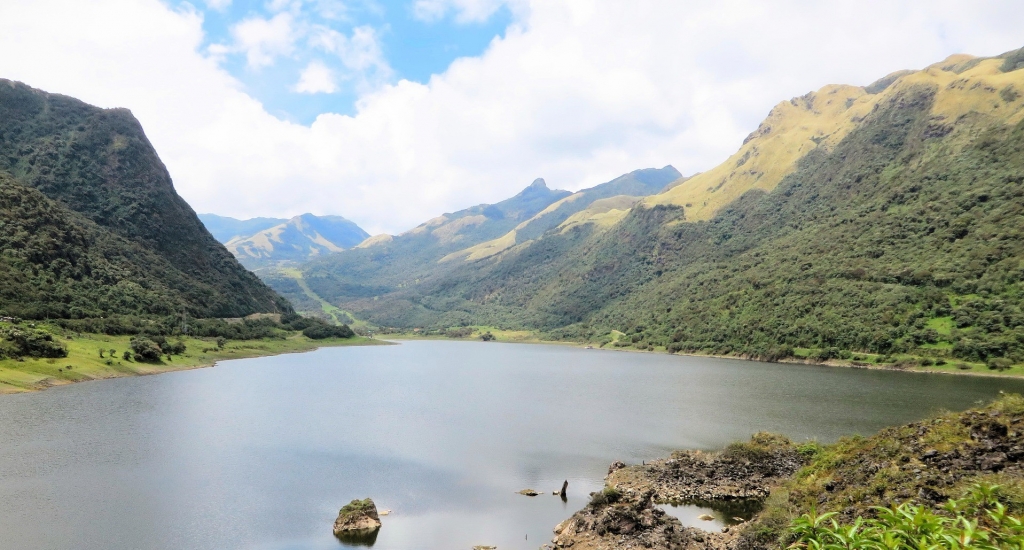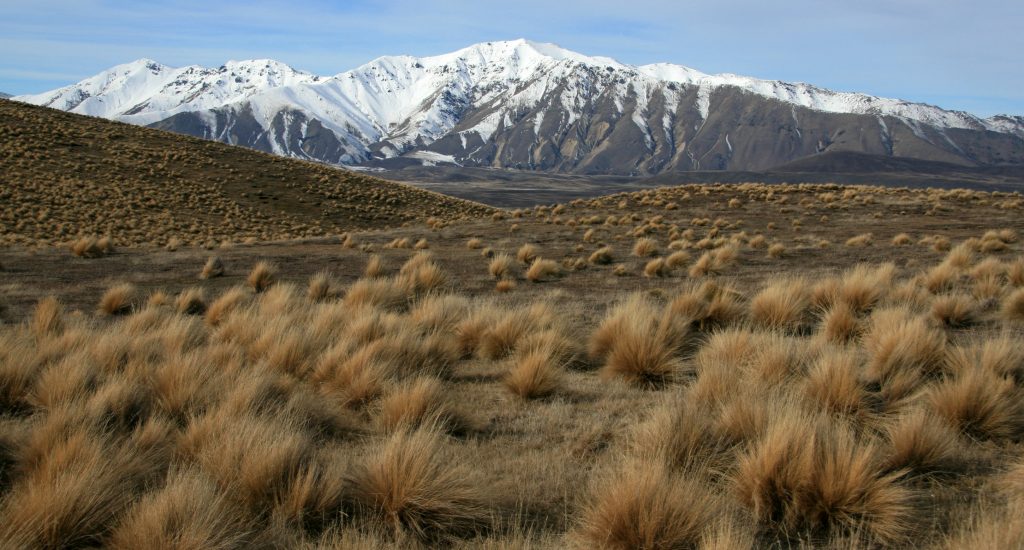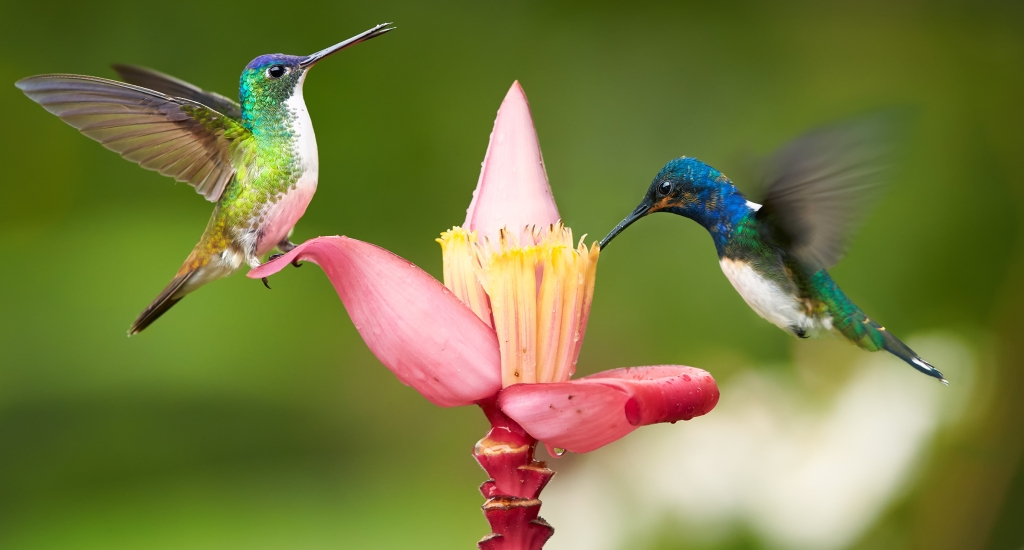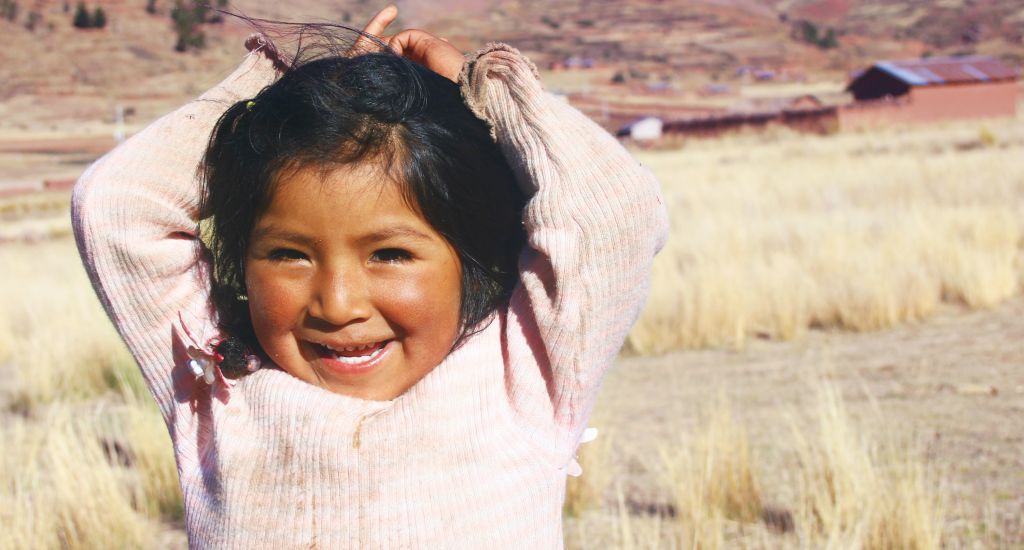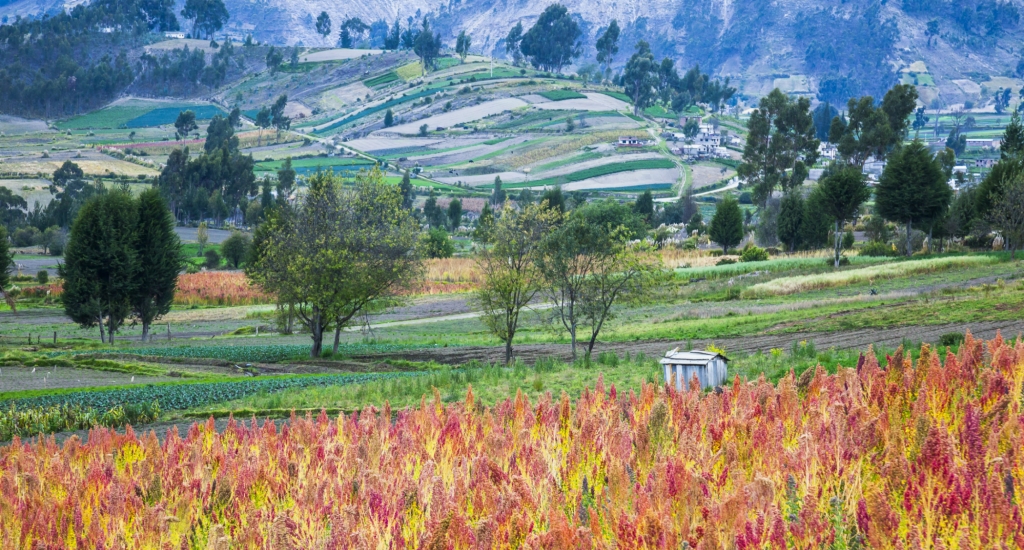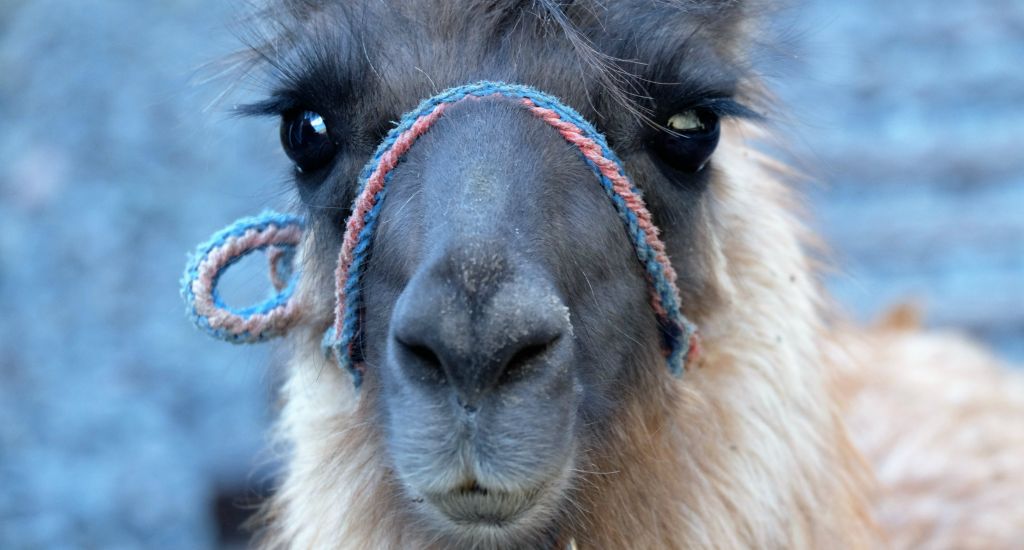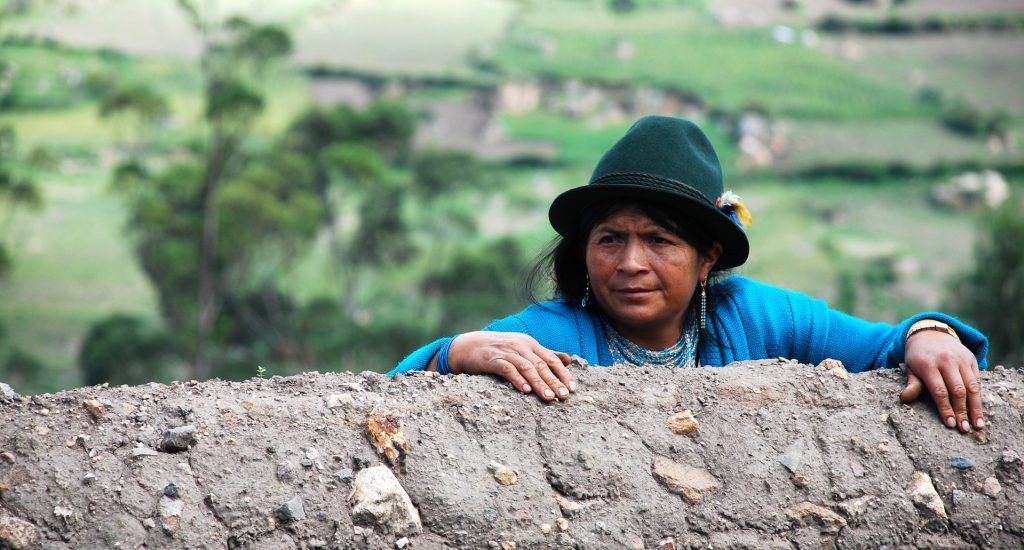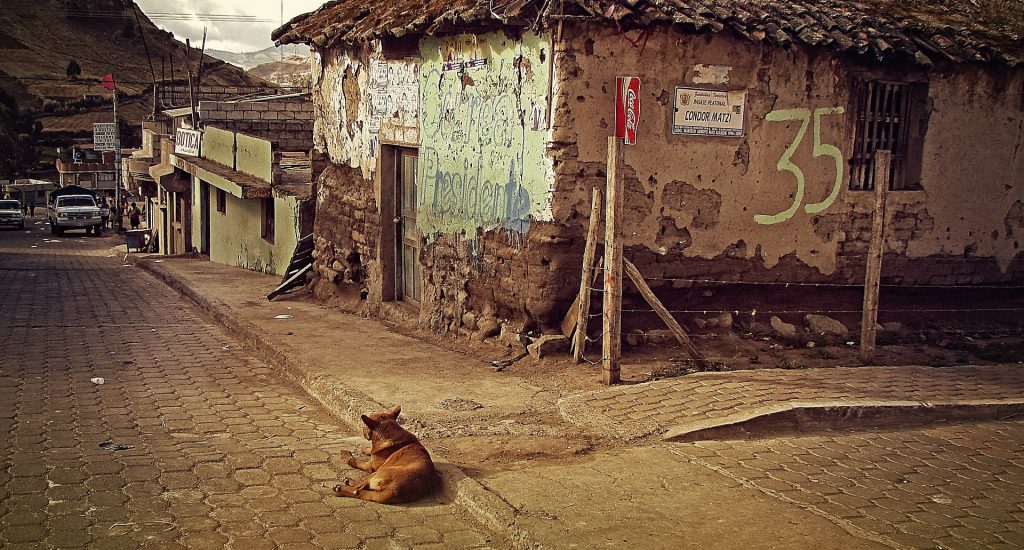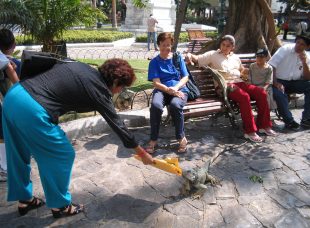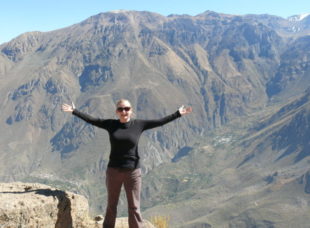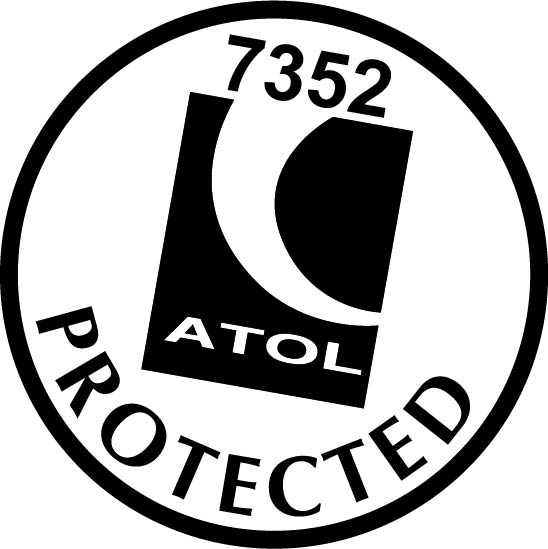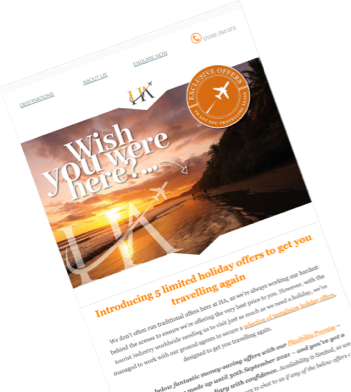Overview
Often overlooked by visitors for its more famous neighbours in South America, colourful Ecuador is easily one of the most fascinating and diverse regions in the continent. With a similar size to Germany, Ecuador is relatively tiny by South American standards but is brimming with wonderful sites and contrasts, making it one of the most rewarding travel destinations in the world. Pretty colonial towns are on the doorstep of astoundingly biodiverse rainforests, while awe-inspiring scenery and dramatic landscapes are commonplace. However, topping the long list of highlights could only be achieved by visiting the unique and otherworldly Galapagos Islands.
Food & Drink
Ecuadorian food is fresh, tasty and is highly underrated. Once you scratch beneath the surface of the occasional bland ‘international’ tourist restaurant, you’ll find an incredible array of delicacies from the distinct geographical regions. It’s easy to eat simply and well without breaking the bank. If you’re looking to treat yourselves, you’ll find some world-class restaurants in the more popular destinations. It is difficult to predict how much you’ll spend on food as it depends on your preferences; a simple local meal can cost $3-6pp, while a three course menu in a top restaurant with wine can cost $50-70pp.
Meats and stews are more popular in in the Andean regions, there’s an abundance of seafood on the Pacific coast, while soups and a dizzying array of unrecognisable fruit and vegetables are commonplace throughout Ecuador. One of the most delicious soups you are likely to encounter is called Locro and includes potato, cheese and corn with half an avocado. You may want to try cuy, or guinea pig, which is a delicacy. After trucha, or trout, one of the most common seafood dishes you’ll find in Ecuador is ceviche. It is worth noting that it is a little different from what you may expect from the dish. Although it can include raw fish, more commonly Ecuadorian ceviche comprises of shrimp that has been pre-cooked. It is then doused in lime juice, chilli and onion, but is accompanied by popped corn and fried plantain – delicious!
You should take advantage of mouth-watering juices made from myriad of local fruits such as maracuya or tree tomato. While a high standard of coffee is produced here, sadly most of the best stuff seems to have left the country. Beers such a Pilsner and Club are common, as is the local tipple of Chicha made from fermented corn or yuca. Traditional fermentation methods of chewing and spitting out the ingredients is now becoming less common!
When to Travel
The best way to summarise weather in mainland Ecuador is unpredictable! The country falls upon the equator line, so there are no traditional summer and winter climates. Come prepared for sunny, clear days or rain at any time of year. In the Andes mountains there is a particularly noticeable variation in temperature throughout the day, and it can get especially cool in the evenings. Bring layers and rain gear so you are prepared for any eventuality. High season falls from June to September (in terms of visitors), when it can get very busy in the mainland and the Galapagos.
Practicalities
FLIGHTS
Ecuador and the UK are not connected by direct flights. Most routes to Quito transit through a European hub such as Schiphol, Madrid or Paris. From take off to landing travel time is usually between 13-15 hours.
VISAS
Due to the current Coronavirus outbreak across the world please check the latest summary, health and entry requirements on the FCO Travel Advice pages here: https://www.gov.uk/foreign-travel-advice.
Usual Advice: UK and European passport holders don’t require a visa to enter Ecuador for stays up to three months. Six months’ validity is required on all passports, as is a return flight ticket.
From February 2018 tourists are required to take out adequate health insurance when visiting Ecuador. It is worth having a copy of your details to hand in case these details are requested.
If you are flying to Ecuador via the USA, you need to apply online for an ‘ESTA’ electronic travel authorisation, even if you are only in transit. This currently costs $14 per person, is valid for two years and should be applied for on the official Department of Homeland Security website:
https://esta.cbp.dhs.gov/esta/
Please note there are two compulsory entry charges for trips to the Galapagos. The first is a transit control tax of $20pp, payable at the airport when departing the mainland. The second is the hefty $100pp National Park entry fee, payable on arrival in the Galapagos. Please note this must be paid in cash, and $100 bills are not always accepted. The Galapagos Islands are constantly revising their entry requirements. The latest detail requested by the authorities is blood type for visitors. Please note that not one of our clients has actually been asked for this information to date, but be prepared that technically you may still be asked locally!
SAFETY
South America has a reputation as a dangerous part of the world to visit. Whilst crime rates in Ecuador are above the world average, it is one of the safest places to visit in South America (along with Uruguay, Argentina and Chile). The majority of incidents are concentrated in certain areas, and our local guides know where to avoid and will give you plenty of advice locally. If you take sensible precautions, such as not being flashy with expensive jewellery and cameras, we honestly believe that you are no more likely to be a victim of crime than in many European cities. In over a decade of travelling to Ecuador and sending clients to South America, there have been but a handful of incidents of minor crime, and once you get there you will be pleasantly surprised by how safe you feel.
DRIVING
Self-driving is not something we usually recommend in Ecuador. Although the roads are of a high standard, we find that there are many unwritten rules on the Ecuadorian roads which can make driving in the country a little unpredictable! Adding to this, our reliable and friendly local drivers and guides offer great value for money. Quite often they make impromptu stops and can really add to the enjoyment of getting from A to B.
HEALTH
As we’re not medical experts we feel it is essential you contact your doctor regarding vaccinations for travel to Ecuador. What follows are suggestions, but please note they must be verified by a medical professional.
General: vaccinations required are the same as you’d routinely have in the UK, so make sure these are up to date. The Travel Doctor, is an interactive website providing specialist health information for travellers plus customised lists of travel medicines, vaccines and malaria tablets for holiday makers, global adventure travellers and expeditions.
Yellow fever: If you are arriving from a country with yellow fever (such as Peru) then you may be asked to produce a certificate of vaccination against the disease (for a list of countries affected visit www.fitfortravel.nhs.uk)
Please note that a G.P. will usually write you an exemption note if you are over 60 years old.
Malaria: the risk of contracting malaria in Ecuador is low, although it does exist in areas below 1500 metres. Usually this means precautions are required for visits to the Amazon or coast (Guayaquil is non-malarial).
Zika: fortunately, confirmed instances of the Zika Virus have been limited compared with other countries in the region. At the time of writing, the latest advice from the World Health Organisation does not place any restrictions on travel within the country. Mosquitoes that spread Zika usually do not live at elevations above 2,000 meters because of environmental conditions so this is worth bearing in mind.
Sun: the equatorial sun is extremely strong, so always take high sun cream and apply liberally.
Altitude: it is worth noting that much of the country is above 2400 metres. Altitude affects people differently, but generally it is rare that people experience significant problems in Ecuador. Drink lots of non-carbonated water, avoid too much alcohol, eat light meals and take things slowly while you acclimatise. Breathlessness and a slight headache are common, but if you experience extreme dizziness or severe headaches do let our local agents know. Acute Mountain Sickness (AMS) is extremely rare but can be a very serious condition.
Travel insurance: it is vital you check your travel insurance, as some policies exclude altitudes of more than 2000 metres. You may have to pay a small additional charge to cover you so it is worth checking.
MONEY & TIPPING
In 1999 there was near financial collapse in Ecuador when the Sucre, the century-old currency, took a huge nosedive in value. In 2000 the currency was abandoned completely in order to bolster stability within the country, and Ecuador’s official currency is now the US dollar.
It is worth taking US dollars with you or withdrawing cash directly from ATMs; it can be difficult to change other currencies locally. It is important to avoid bringing large value ($50 or $100 bills in particular) or ripped notes, as these can be tricky to use in the country. Credit cards are widely accepted in Ecuador (except in smaller restaurants and at markets).
Tipping is very common in Ecuador, so do keep hold of smaller notes when you get them so you do not get stuck with larger bills. We would advise adding roughly 10% in restaurants, which should be given directly to the waiting staff. Guides always appreciate tips, roughly $10 per day would be appreciated, and around half this amount for drivers. It is important to remember that tipping is a very personal thing, and if you feel someone deserves more or less, or even no tip, then that is entirely your prerogative and you should not feel bound by these suggestions.
Travellers Code of Conduct
– We provide all of our clients with a “Travel Facts” document upon confirmation of your booking. This details useful facts and travel advice for your chosen destination, including restaurant recommendations, reading tips, basic language, cultural traditions, climate information and brief historical overviews. We feel that this offers a useful insight into the country you are visiting, and can help you interact with local residents in a more sensitive, well informed manner. Please try to take the time to read this information before your visit, if at all possible.
– A number of the countries in which we operate holidays are religious societies with a widely observed set of customs. Always respect these norms, particularly when visiting religious buildings.
– To the best of our knowledge, all of the hotels, lodges and camps within our portfolio operate stringent measures to minimise water usage. Many of our destinations have issues with water supplies to a certain extent so feel free to raise any possible wastage should you encounter it during your stays, either with the accommodation or with us upon your return.
– Please ask before taking photographs of people, and respect their wishes should an individual not be happy to be photographed. We find that friendly requests and a smile are usually met with assent.
– Strive where possible to make your own contribution to environmental practices within the destination you are travelling. This might include minimising your electricity usage, avoiding smoking in protected areas, sticking to marked roads at all times while self-driving, avoiding coral while snorkeling and safely disposing of all litter (recycling where possible).
– Where possible, try to purchase from local suppliers. This includes shopping for souvenirs, eating out in restaurants and booking further excursions during your free time. In areas where haggling is an accepted part of daily life, don’t become angry or offended if you are unable to obtain what you perceive as a fair price for an item. We emphasise to local suppliers that our clients should never be taken on unsolicited shopping trips, but if this does happen, try to retain your sense of humour, provide a firm refusal to participate and tell us about this on your return. We pass on all feedback from every trip undertaken with Holiday Architects to the relevant local suppliers, who share our commitment to travelling with sensitivity.
– Please don’t remove any indigenous items from their natural habitat and attempt to bring them back as a souvenir. This particularly applies to coral, shells, plants and food in the natural world, and to cultural artefacts and antiques.
– If you are unsure about anything relating to the above, please feel free to ask our local suppliers or your Holiday Architects specialist. All of these people either live or have travelled extensively in the country you are visiting and will be more than happy to offer their considered advice.


